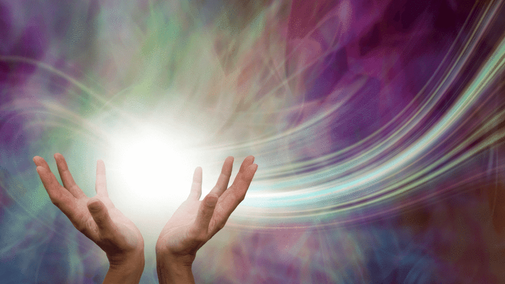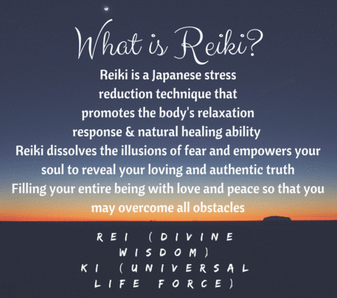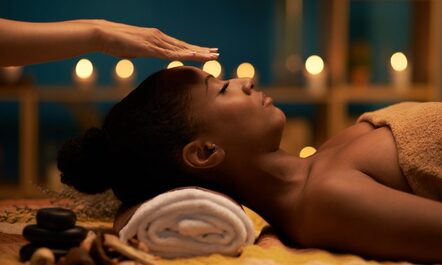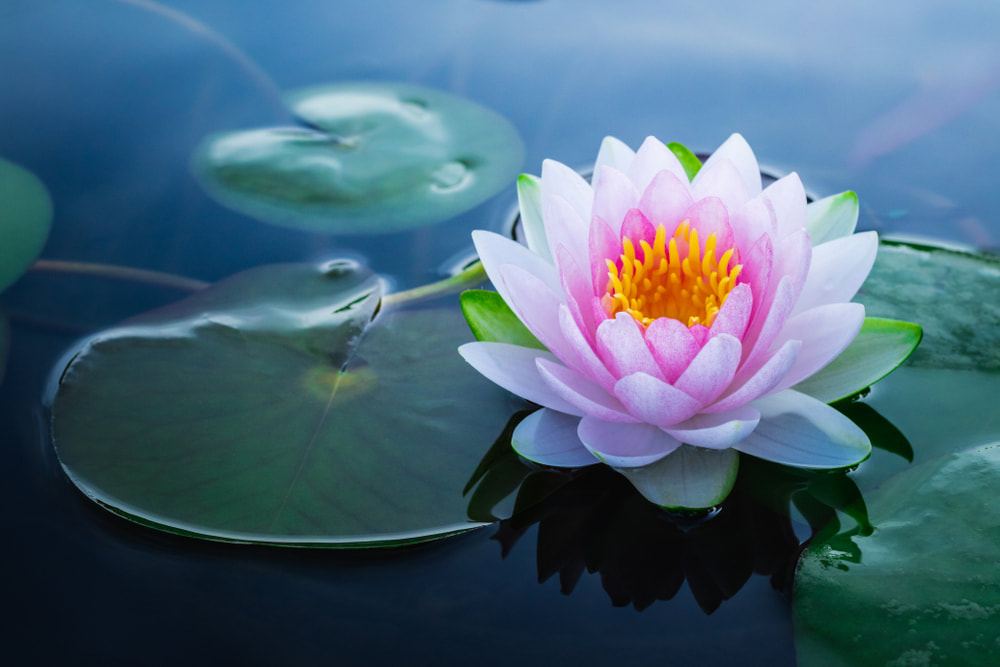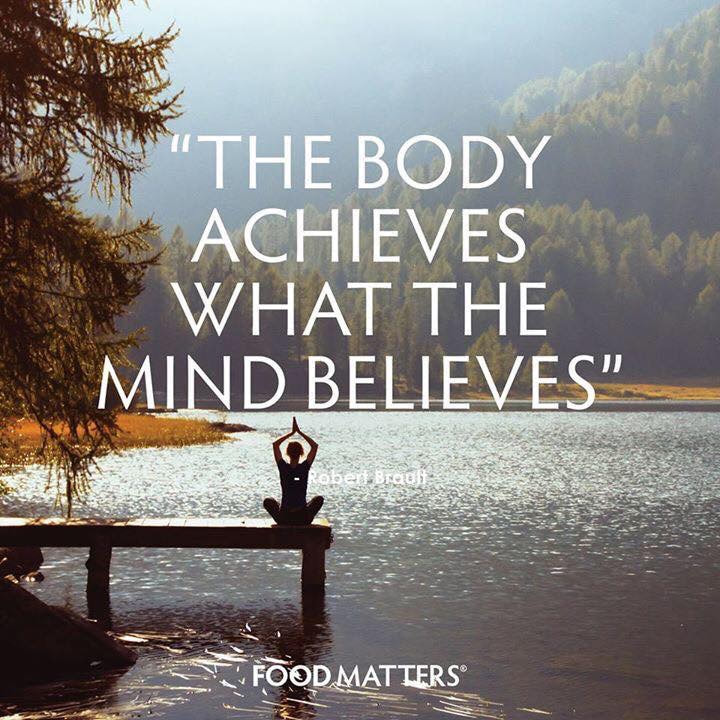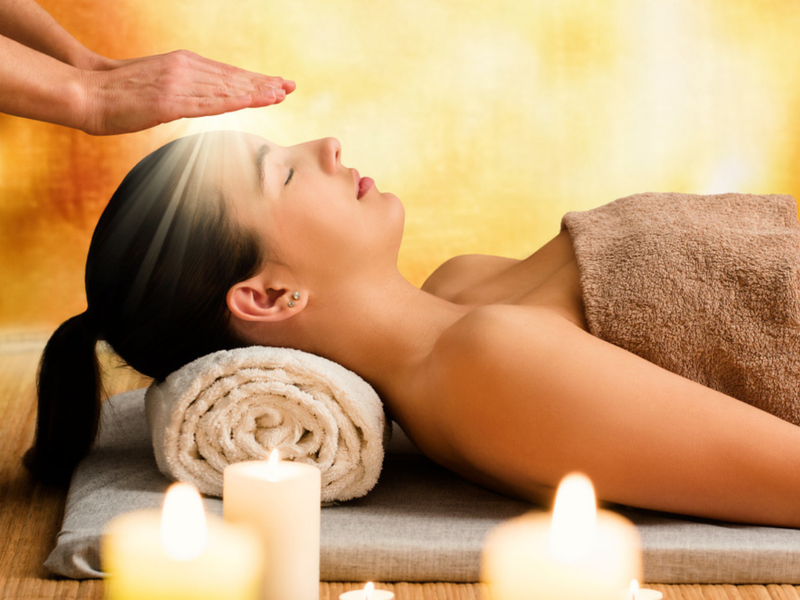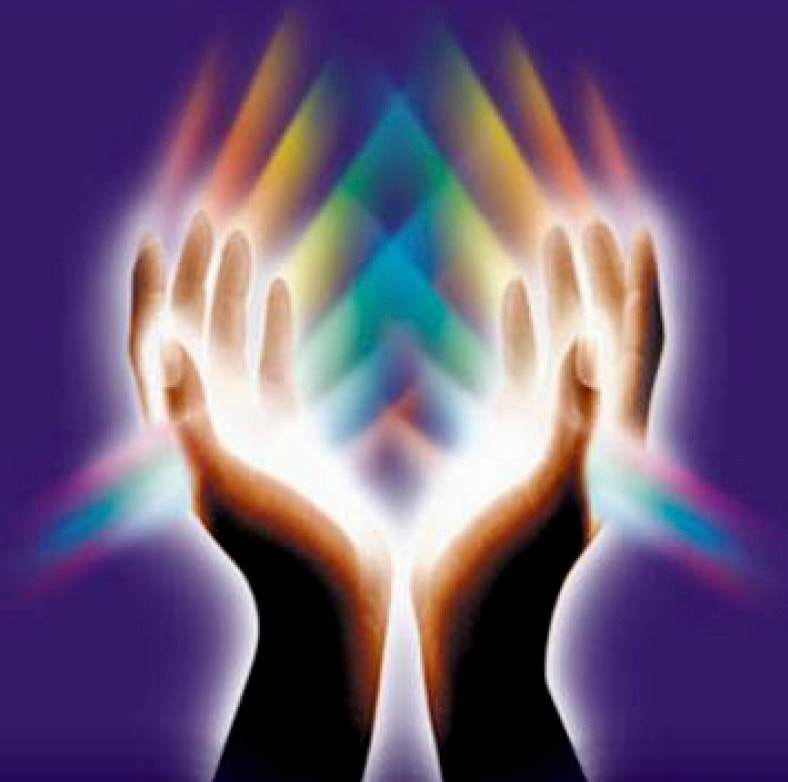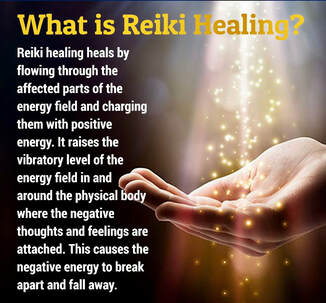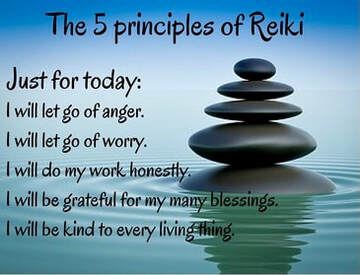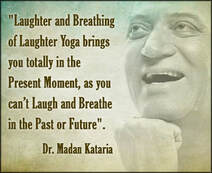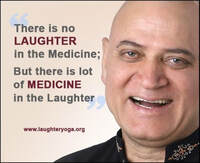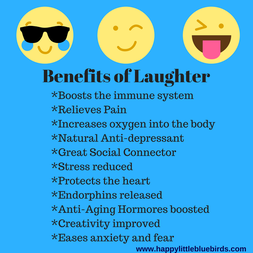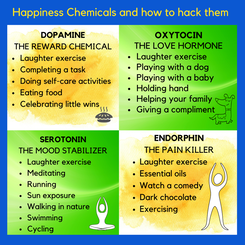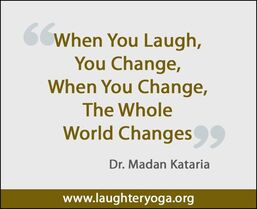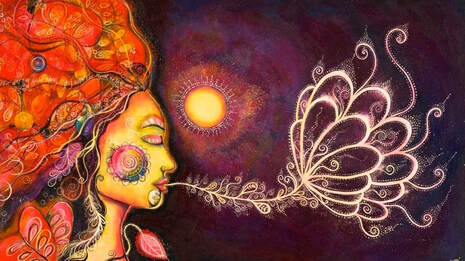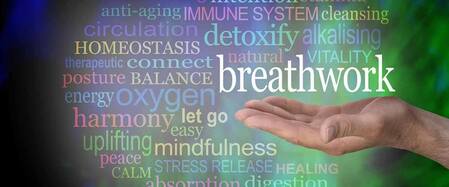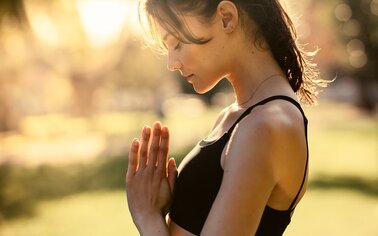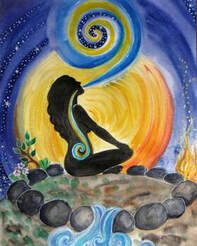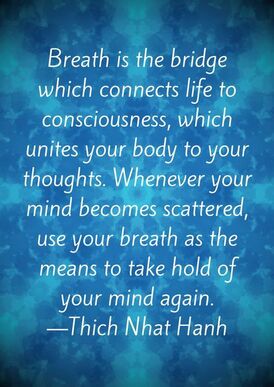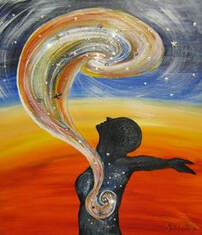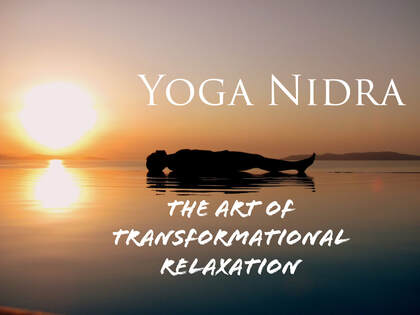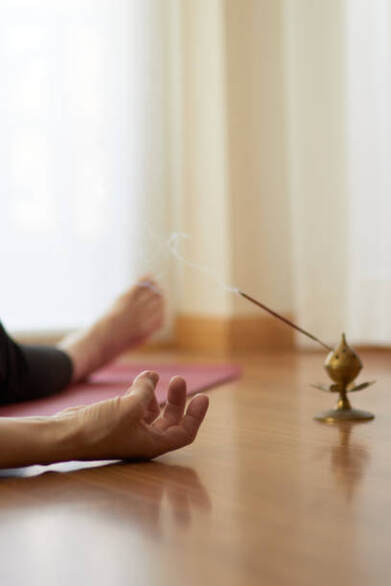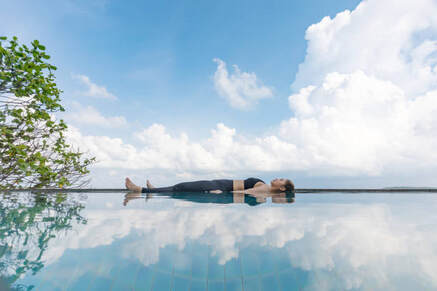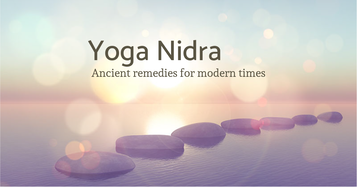The Ripple Effect Synergetic Wellness
Char Petersen
Certified Usui Reiki Master Practitioner & Teacher
Certified Meditation Teacher
Certified Sound Healer
Certified Laughter Yoga Instructor
Certified Yoga Nidra Instructor
Heartwork Facilitator
~ Only available at The Jewelry Box ~
What is Reiki?
Reiki is a form of alternative medicine which
functions as a healing therapy.
It is an ancient Japanese healing technique
which relies on the saying
that everything in this universe
is made upon energy
and one can learn
to harness these energies to heal
or improve underlying health conditions.
This is the reason it is also commonly
referred to as energy healing.
What happens in a Reiki Session?
Reiki is an energy healing therapy
and is usually held
in a calm and soothing environment.
Since Reiki actually works
by transferring the energy fields
around the body,
the practitioner of Reiki
places her hands on or over
a specific body part.
The placement of the hand
is non-invasive and should not
cause any sort of pain.
In case of a particular injury or pain,
the practitioner keeps the hand just above the wounds.
Crystals or stones may be used in the energy session.
When Reiki is done from a distance
crystals are used to assist with the vibrations.
A typical Reiki session can last
anywhere from 30 minutes to an hour
depending on the needs of the patient.
How you may feel after a Reiki Session?
Since the primary concept of Reiki healing
is to channel the universal energy
and use it to aid relaxation in the body,
you may feel deeply calm and relaxed
after the Reiki session.
It is also said to get rid of
all the accumulated stress in the body
and aids in emotional healing.
It is important to remember
that experience is often subjective
and may differ greatly from person to person.
While some may end up falling
into a deep meditative sleep during the session,
others may feel waves of energy surrounding them.
It is also possible that the first session
may not be anything worth remembering
and it may take a while to experience
the calmness and relaxation that this energy healing brings.
What are the health benefits of Reiki?
One of the most common health benefits
experienced by a lot of people is
the feeling of deep relaxation
and removal of the stress hidden in the body.
In a lot of studies, participants have often
reported feeling lighter and
more at peace with themselves.
Reiki is also said to aid the healing of emotional wounds
and increase your capacity to love yourself and others deeply.
Moreover, it is said to have the potential to support
the immune system to rid the body of toxins.
On the physical level, it is known to provide
relief from migranes and throbbing headaches.
It also speeds recovery of patients from a surgery
or a long-term illness.
It can also be used to aid medicinal treatment
by combating the side-effects of the same.
If you have been battling with poor sleep and nightmares.
Reiki may help your mind relax and help you sleep better at night.
Reiki Energy Healing is used commonly to address:
•Stress and Tension Relief
|
Reiki has become more recognized in the medical field
over the years as a helpful tool to treat:
anxiety, autism, cancer, chronic pain, Crohn's disease,
depression, fatigue, heart disease, infertility,
and neurodegenerative disorders.
Please remember
It is important to understand that while a lot of people
vouch for the effectiveness of Reiki,
there are no conclusive scientific studies which indicate the same.
If you are planning to attend a Reiki session,
it is strongly advisable to speak to your doctor.
Most importantly,
even if you are regularly attending energy healing sessions,
do not stop taking your medication,
as Reiki is just a complimentary healing therapy
and not an alternative to your treatment.
What is Laughter Yoga?
Laughing yoga, also known as laughter yoga,
involves a series of movement and breathing exercises
to promote deliberate laughter.
It’s used as a remedy for
physical, psychological, and spiritual ailments,
as advocates believe that
intentional (simulated) laughter can
provide benefits equal to those of
spontaneous laughter (e.g., laughing at a joke).
Though laughing therapy has been used for decades,
laughing yoga was discovered by Dr. Madan Kataria,
a family physician in Mumbai, India, in 1995.
Dr. Kataria claims that laughing yoga will
help lift your mood, reduce stress,
strengthens the immune system,
increase energy levels, improve your quality of life,
helps you better manage hardship
and keeps the mind positive in these challenging times.
He believes that learning to laugh on cue
can help you deal with stressful situations
by promoting optimism and positivity.
Since you cannot always rely on
external influences to make you laugh,
learning to laugh on your own can be a valuable tool.
Along with this,
laughter yoga is believed to help you
better manage stress through controlled breathing.
This allows for greater uptake of oxygen,
which activates the parasympathetic nervous system,
your body’s natural relaxation system.
As adults become busy with life,
activities that promote laughter can go to the wayside.
As a result, laughing yoga was designed to
teach people how to laugh on cue
rather than relying on people or things to bring them joy.
Laughing yoga is accessible in over 110 countries
and becoming increasingly popular online.
Furthermore,
laughing coaches are bringing laughing yoga workshops
directly to people in places like college campuses, workplaces,
and senior living facilities.
What Happens during a Laughter Yoga Session?
Laughing yoga is usually practiced in a group setting,
such as a club or workshop,
and led by a trained laughing yoga instructor that
coaches attendees through various exercises to
promote enjoyment and laughter.
Most sessions begin with simple breathing techniques,
clapping, and chanting to help people relax.
For example, you may begin the class by
clapping rhythmically 1-2, 1-2-3
while chanting “ho-ho, ha-ha-ha.”
Though it may seem silly at first,
the intention of this exercise is to remove
any internal judgment you may have and
leave your ego at the door.
The session may also include improv exercises,
citing positive affirmations, gentle stretching,
yoga breath work, and meditation.
Collectively, these practices are intended to
help you laugh, let loose, and
take yourself less seriously.
What are the health benefits of Laughter Yoga?
You’ve probably noticed that laughing
can provide immediate benefits, such as improved mood.
However,
more attention is being placed on the
long-term benefits of regular, daily laughing.
First, laughing releases endorphins and
“happy” hormones like dopamine and serotonin.
Plus, it suppresses stress-hormones like cortisol.
These effects are linked to a better mood,
reduced pain, lower blood pressure, a stronger immune system,
and lower stress levels and rates of depression.
What’s more,
laughing with other people can
increase social connectedness and bonding,
as well as strengthen relationships.
It’s also linked to feelings of security and safety,
allowing a person to feel more relaxed.
Many researchers believe that
the body cannot distinguish between fake(simulated)
or real(spontaneous) laughter,
meaning you can benefit by simply forcing yourself to laugh.
A 2019 review found simulated laughter
lowered depression rates and improved mood.
The authors stated that laughter exercises
require little cognition and
don’t rely on subjective humor,
meaning most people can easily participate.
Other studies have shown that laughing yoga may
help temporarily reduce
cortisol levels and stress,
improve mood and energy levels, and
induce a more positive mindset.
In fact, it may be as effective as aerobic exercise at
reducing self-reported stress.
While laughing yoga may help support
better mental and physical health,
it should not replace current treatments
given to you by your healthcare provider.
Rather, it can be used in conjunction.
Nonetheless, engaging in laughing yoga
presents virtually no downsides and
can be practiced by people of all walks of life.
Breathwork
What is Breathwork?
Breathwork is a therapeutic technique that utilizes
simple breathing practices to lead patients into a
"non-ordinary state of consciousness"
where
"unconscious and previously repressed thoughts and emotions"
can more easily rise to the surface for integration"
Breathwork is a powerful way to access your
body's innate intelligence to heal itself.
Breathwork offers a chance for personal transformation
through improved mental, emotional,
physical and spiritual well-being.
How does Breathwork work?
Our breath, or prana,
is literally what keeps us alive,
and yet, so often, we go through the day
chronically shallow breathing..
denying ourselves our full life force
which often keeps us in
a state of anxiety, or fight or flight.
Breathwork,
or the process of deep rythmic breathing,
moves us out of fight or flight and
into the parasympathetic nervous system.
It is said that how we breathe is how we live,
and so to live life to its fullest,
we should breathe to our fullest.
• Controlled breathing in a very specific,
conscious way.
• Focus on breathing leads to a state of relaxation
•In this meditative state,
the mind is able to process old stressors & trauma
Can Breathwork help you?
"When we're hit with horrible things in our life,
such as death, divorce or war
we don't necessarily have to go the
[medication] route first.
You can try the holistic approach first"
• Breathwork literally raises our energy (our frequency)
• Reduces stress, anxiety and grief, depression and anger
• Increases your energy levels and boost your immune system
• Increases self-awareness, presence, happiness and joy
• Increases self-love
• Improves sleep
• Releases trauma and fear stuck in the body
• Help reduces painReleases toxins from the body
• Improves digestion
•explore altered states of consciousness, consciously
Is breath work the same as meditation?
Breathwork meditation is different than any form of meditation.
It's an active breathing meditation
which disrupts the traditional meditation facade
that one has to sit in silence
with their thoughts in a peaceful,
all white room in order to reap the benefits.
Breathwork doesn't require thinking at all.
It's less overwhelming than meditation.
Sound Healing coming soon!
Yoga Nidra
What is Yoga Nidra?
Yoga Nidra is gaining popularity worldwide,
and ongoing global research
continues to prove its true effectiveness.
It is a powerful meditation technique
that relaxes the mind and body.
During the practice,
you will rest comfortably in corpse pose (Savasana).
Then you will be guided through five layers of the self,
known as Pancha Maya Kosha.
These steps will place you into a calm and
restful state of consciousness
where you will experience deep relaxation.
The result will leave you with an
inner sense of wholeness and gratitude.
With Yoga Nidra,
you no longer have to practice
meditation sitting upright on the floor.
Yoga Nidra, also known as yogic sleep,
is a highly beneficial guided meditation.
During a session,
you will guide you through
breathing exercises and body scans.
These will draw your attention inward,
putting you into a state of consciousness
that sits on the border between waking and sleeping.
These steps will allow you to
reach a deep state of relaxation without falling asleep.
In this passive and active state,
our bodies can rest.
This allows healing to occur
within the body as it resets the nervous system.
While we lie in a deep state of relaxation,
our minds can focus on being conscious,
and we can experience feelings of
interconnected wholeness.
This state aids in healing the mind and body
while awakening our deepest, all-welcoming self.
What happens during a Yoga Nidra Session?
During the practice of Yoga Nidra,
|

